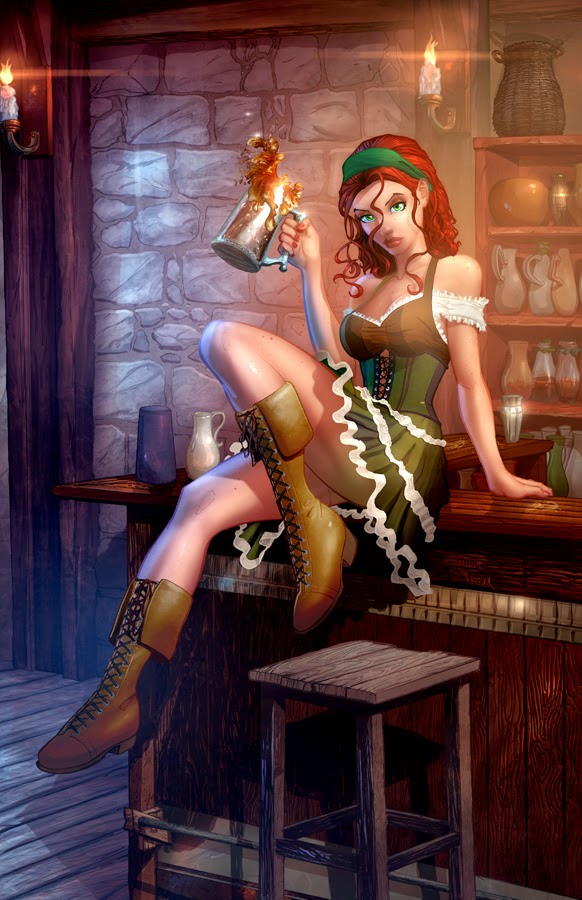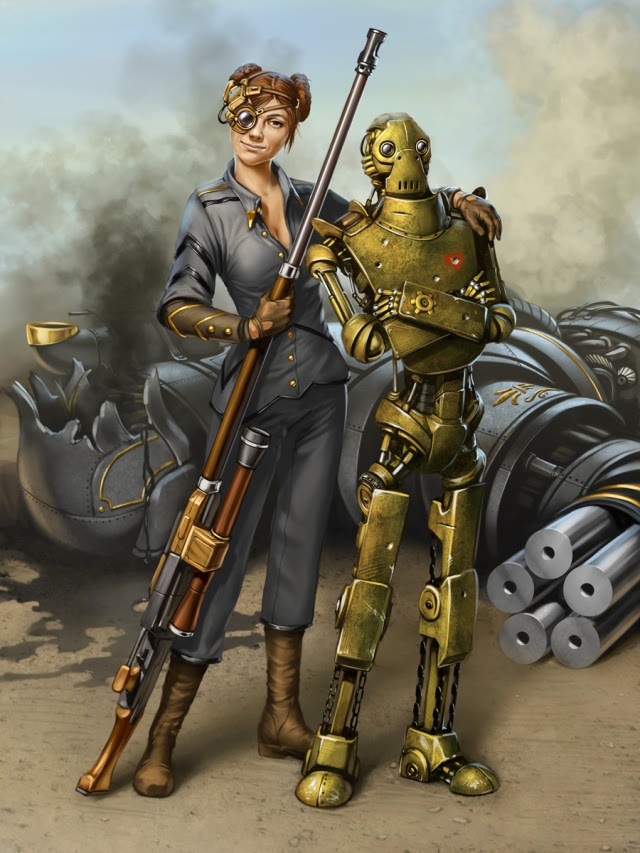Requirements
To qualify to become a fury, a character must fulfill all of the following criteria.
Base Attack Bonus: +6.
Skills: Knowledge (religion) 8 ranks, Survival 5 ranks.
Feat: Power Attack, and Sacred Vow (if good) or Willing Deformity (if evil).
Alignment: Chaotic good or chaotic evil.
Special: Smite good or smite evil, ability to rage.
Base Attack Bonus: Good.
Good Saves: Fortitude, Reflex.
Poor Saves: Will.
Class Skills
The fury's class skills (and the key ability for each skill) are Balance (Dex), Climb (Str), Concentration (Con), Craft (Int), Diplomacy (Cha), Handle Animal (Cha), Heal (Wis), Intimidate (Cha), Jump (Str), Knowledge (nobility and royalty) (Int), Knowledge (religion) (Int), Listen (Wis), Profession (Wis), Ride (Dex), Sense Motive (Wis), Spot (Wis), Swim (Str), and Tumble (Dex).
Skill Points at Each Level: 4 + Int modifier.
Special Abilities by Level
- Healing factor, fury of the righteous/wicked I, class abilities
- Mettle, mighty blows
- Fury never sleeps, bonus feat
- Fury of the righteous/wicked II
- Smite good or evil +1/day
- Bonus feat
- Divine wrath
- Fury of the righteous/wicked III
- Bonus feat
- Smite good or evil +1/day
All of the following are class features of the fury prestige class.
Weapon and Armor Proficiencies: The fury gains no weapon or armor proficiencies.
Class Abilities: The fury's levels stack with paladin levels for determining his smite (and times per day), the efficacy of his lay on hands (if good) or damaging touch (if evil), and his mount's abilities.
The fury's levels stack with barbarian levels for determining his uncanny dodge and improved uncanny dodge (including level needed to successfully sneak attack him and when the fury gains improved uncanny dodge). A shield and up to medium armor no longer restrict the barbarian's abilities, and he may continue to use his paladin abilities (to include spellcasting) while in a rage. The fury's mount, if he has one, shares his rage and fast movement while the fury is mounted.
The fury's levels of fury, barbarian, and paladin stack for determining the number of times he may rage per day, ability to turn/rebuke undead, and his spellcasting capability (provided the paladin is at least 4th level). Thus, a 4th-level paladin/ 3rd-level monk/ 2nd-level fury with a Charisma of 14 has the spellcasting capability of a 9th-level paladin and rages as a 9th-level barbarian (and thus rages 3/day).
Healing Factor (Su): Whenever he enters into a rage, the fury regains a number of hit points equal to his Charisma bonus multiplied by his fury class level (to a minimum of 1 point per fury level). Thus, a 4th-level fury with a Charisma of 18 would recover 16 points of damage by entering a rage.
Fury of the Righteous/Wicked (Su): While in a rage, the fury generates an aura depending on his alignment.
A good-aligned fury serves as an inspiration to his allies, exhorting them on to greater effort both verbally and by example. All allies within 30 feet of the fury who can see and hear him (including the fury himself) gain a +1 morale bonus on attack and damage rolls and a +1 morale bonus on saves against fear. At 4th level this bonus increases to +2, and at 8th level this bonus increases to +3. This is a mind-affecting effect. Abilities which affect and modify a bard's inspire courage ability affect this ability.
An evil fury, on the other hand, frightens his foes and weakens their morale. All foes within 30 feet of the fury who can see and hear him take a -1 morale penalty to attack and damage rolls and a -1 penalty on saves against fear. At 4th level this penalty increases to -2, and at 8th level it increases to -3. This is a mind-affecting, fear-based effect.
Mettle: A 2nd-level fury can resist magical and unusual attacks with great willpower or fortitude. If he makes a successful Will or Fortitude save against an attack that normally would have a lesser effect on a successful save (such as any save with a saving throw entry of Will half or Fortitude partial), he instead completely negates the effect. An unconscious or sleeping fury does not gain the benefit of mettle.
Mighty Blows (Su): A fury of 2nd-level and higher adds his Charisma bonus (minimum +0) to damage rolls whenever he uses his Power Attack feat or while in a rage.
Fury Never Sleeps (Ex): A fury of 3rd level or higher is immune to magical and mundane sleep effects, and needs but four hours of rest (as an elf) rather than eight hours of sleep to recuperate at night; while resting, he takes no penalties to Listen or initiative checks. A fury still requires eight hours of rest to recover spells.
Bonus Feat: The fury gains a bonus feat at 3rd, 6th, and 9th levels. If the fury is good-aligned, it is a bonus exalted feat. If the fury is evil, it is a bonus vile feat. Alternatively, it may be any feat found on the fighter's list of bonus feats. The fury must meet the prerequisites for this feat.
Smite (Su): At 5th and again at 10th level, the fury gains another daily use of his smite ability as appropriate for a paladin of his alignment.
Divine Wrath (Sp): A 7th-level fury is able to use divine power as a spell-like ability by expending one of his daily turn/rebuke undead uses, and he enjoys the benefits of an unholy aura (if evil) or holy aura (if good) while the divine power is active. Being in a rage does not hinder the fury from employing this ability. The caster level is equal to the character's paladin caster level (one-half the total of her paladin and fury levels), minimum 7th.




